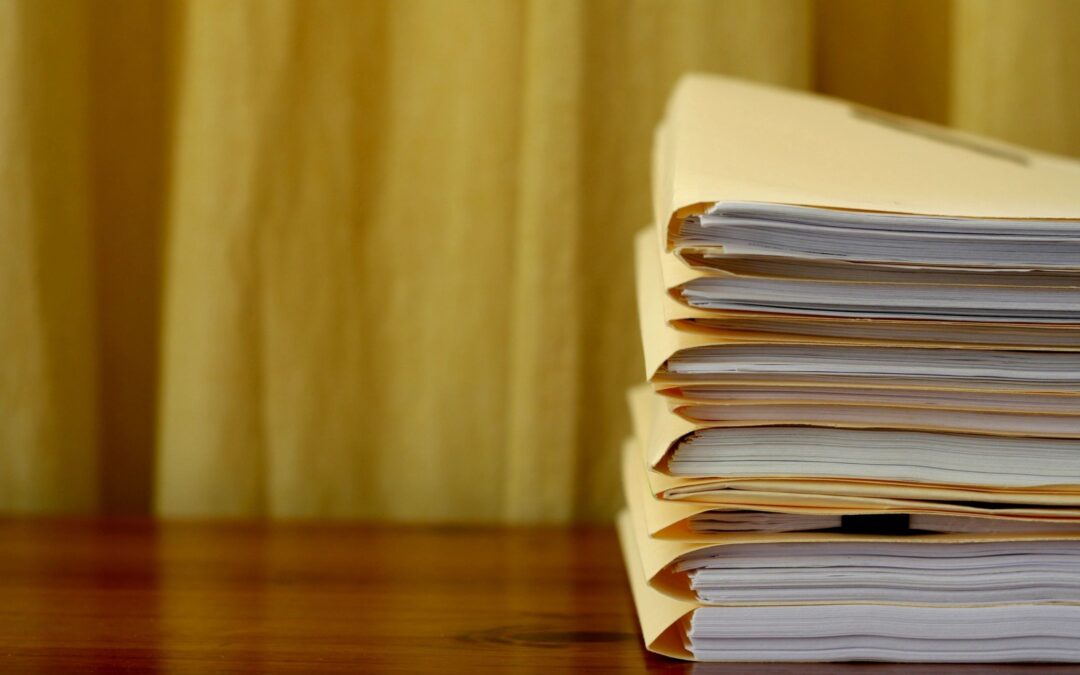By Luke Cipolla, Daniel Sloan, Robert Breetz, Sarah Geers, and Matt Johnson –
USPTO Director Kathi Vidal recently designated precedential section II.E.3 of Penumbra, Inc. v. RapidPulse, Inc. and clarified that the priority analysis for an AIA reference patent as prior art is different than for a pre-AIA reference patent. USPTO, Director Vidal designates decision as precedential, USPTO (November 15, 2023).
When determining the priority date for an AIA reference patent, “there is no need to evaluate whether any claim of [the] reference patent document is actually entitled to priority when applying such a reference patent as prior art.” Penumbra, Inc. v. RapidPulse Inc., IPR2021-01466, Paper 34 at 29-30 (March 10, 2023). This differs from establishing the priority date of pre-AIA reference patents where the petitioner needs to show that “the disclosure of the provisional application provides support for the claims in the reference patent in compliance with § 112, ¶ 1.” Dynamic Drinkware, LLC v. National Graphics, Inc., 800 F.3d 1375, at 1381 (Fed. Cir. 2015).
Penumbra, Inc. (“Petitioner”) requested inter partes review of claims 1–18 of the U.S. Patent No. 10,531,833 (“the ’883 patent”), directed to a blood clot removal system, arguing it was invalid for obviousness in view of U.S. Patent No. 11,096,712 (“Teigen”) and other references. RapidPulse, Inc. (“Patent Owner”) argued that Teigen was not prior art because it was not entitled to the priority dates of the provisional applications under Dynamic Drinkware. According to Patent Owner, Petitioner did not satisfy Dynamic Drinkware’s requirements that (1) at least one claim of Teigen was supported by provisional applications and (2) the portions of Teigen used to argue obviousness were supported by provisional applications. Petitioner argued in response that the first part of Dynamic Drinkware was limited to pre-AIA patents.
The PTAB agreed with Petitioner. The PTAB’s decision hinged on the meaning of “effectively filed” under AIA § 102. As § 102(d) recites, an AIA patent or application is “effectively filed” if it is either (1) actually entitled to a right of priority (i.e., according to the definition of “effective filing date” under AIA § 100(i)(1)(B)) or (2) merely entitled to claim a right of priority to a prior-filed application. Thus, because the ability to merely claim a right of priority does not require analysis of actual priority of an issued claim in the reference patent, Dynamic Drinkware does not apply to AIA patents.
Nevertheless, to claim a right of priority under the AIA, (1) the reference patent must still satisfy the “ministerial requirements” of 35 U.S.C. §§ 119 and 120; and (2) the priority application must actually describe the subject matter relied upon in the reference patent as prior art.
The PTAB held the provisional applications in question sufficiently described the relied-on subject matter from Teigen’s disclosures. The PTAB also stated Teigen and its parents appeared to meet all ministerial requirements of Section 119, which was not disputed by Petitioner. Teigen thus remained entitled to the effective filing date of its earliest provisional.
This IPR decision is currently on appeal before the Federal Circuit as Rapid Pulse, Inc. v. Penumbra, Inc., No. 24-1130.
Takeaway:
For a reference patent to receive the benefit of a parent’s priority date under the AIA, the petitioner must show (1) the subject matter of the relied-on disclosures in the reference patent are also found in the priority application; and (2) the reference patent meets the ministerial requirements for claiming priority in 35 U.S.C. §§ 119 and 120. This departs from the pre-AIA analysis under Dynamic Drinkware, in which a petitioner must show that a claim of the reference patent was sufficiently supported in the priority application under § 112.
Latest posts by Sarah Geers (see all)
- USPTO/PTAB: Changes are on the Horizon - February 13, 2025
- Director Provides Reminders For Obviousness Analysis - August 1, 2024
- Forced Cooperation Between Rivals Does Not Create a “Significant Relationship” - May 1, 2024

